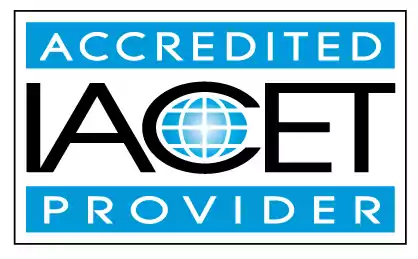Demonstrate an Outcome of inclusionary practices
At our early childhood education and child care centers, we prioritize inclusionary practices. Our central objective is to demonstrate the positive outcome of these practices, fostering an environment where every child feels understood and valued. With a deep understanding of inclusionary practices, our team ensures that each child's unique needs are met and celebrated.Trainings incorporating this outcome
CDA Subject Areas
Proficiency Level
Topic Areas
States
Alabama (2) Alaska (2) Alberta (2) Arizona (2) Arkansas (1) Australia (2) California (2) Colorado (2) Connecticut (2) Delaware (2) District of Columbia (2) Florida (2) Georgia (2) Hawaii (2) Idaho (2) Illinois (1) Indiana (2) Iowa (2) Jamaica (2) Kansas (2) Kentucky (1) Louisiana (2) Maine (2) Manitoba (2) Maryland (3) Massachusetts (2) Michigan (2) Minnesota (2) Mississippi (2) Missouri (1) Montana (2) Nebraska (1) Nevada (1) New Hampshire (2) New Jersey (1) New Mexico (2) New York (2) Newfoundland and Labrador (2) North Carolina (1) North Dakota (2) Nova Scotia (2) Ohio (2) Oklahoma (2) Ontario (1) Oregon (1) Pennsylvania (2) Prince Edward Island (2) Puerto Rico (2) Quebec (2) Rhode Island (2) Saskatchewan (2) South Carolina (1) South Dakota (2) Tennessee (1) Texas (1) Thailand (2) United Kingdom (2) Utah (2) Vermont (2) Virgin Islands (2) Virginia (2) Washington (2) West Virginia (2) Wisconsin (2) Wyoming (2)
120 hours courses
45 hours courses
40 hours courses
24 hours courses
Related Outcomes
- Identify appropriate practices for identify and demonstrate an children: Define Developmentally Appropriate Practice
- Demonstrate understanding of inclusionary practices for fragile x syndrome in the childcare setting.
- Demonstrate understanding of inclusionary practices
- Demonstrate an understanding of inclusionary practices in the preschool setting.
- Demonstrate understanding of inclusionary practices for depression in the childcare setting.
- Demonstrate understanding of inclusionary practices for autism spectrum disorder in the child care setting.
- Demonstrate understanding of inclusionary practices for hemophilia in the child care setting.
- Demonstrate understanding of inclusionary practices for conduct disorder in the child care setting.
- Demonstrate understanding of inclusionary practices for hearing loss in the childcare setting.
- Demonstrate understanding of inclusionary practices for fetal alcohol syndrome in the childcare setting.
- Demonstrate understanding of inclusionary practices for anxiety in the child care setting.
- Demonstrate understanding of inclusionary practices for developmental disabilities in the childcare setting.
- Demonstrate understanding of inclusionary practices for cerebral palsy in the child care setting.
- Demonstrate understanding of inclusionary practices for ADHD in the child care setting.
- Demonstrate understanding of inclusionary practices for school-age children.
- Demonstrate best practices in bullying prevention and response
- Demonstrate understanding of strategies that utilize good time management practices for teachers and child care providers.
- Demonstrate understanding of positive alternatives of timeouts and certain disciplining techniques based on best practices.
- Identify appropriate practices for identify and demonstrate an children: Identify importance of individual planning
- Identify appropriate practices for identify and demonstrate an children: Teacher directed vs child directed
Related Articles
- Annual Training in Texas
- Promoting Inclusive Child Care: The Role of the Americans with Disabilities Act (ADA)
- How to Start a Daycare with the Right Qualifications
- ADA Training Requirements for Child Care Staff in Maryland
- Specialized Child Care for Special Needs
- The Vital Role of Professional Development
- Nurturing Happiness in Children: A Guide to Raising Joyful, Well-Adjusted Kids
- Future Leaders in Education: Michigan CDA Training
- How Early Educators Can Inspire Big Dreams in Little Minds
- MSDE Basic Health and Safety: What Maryland Childcare Providers Need to Know
- Cinco de Mayo in the Classroom: Mini Piñatas, Big Smiles
- When Seconds Count: Real-Life Cases Where Health & Safety Training Saved Lives
- What Signs Indicate That a Child Might Need Additional Developmental Support?
 12 CEUs
12 CEUs